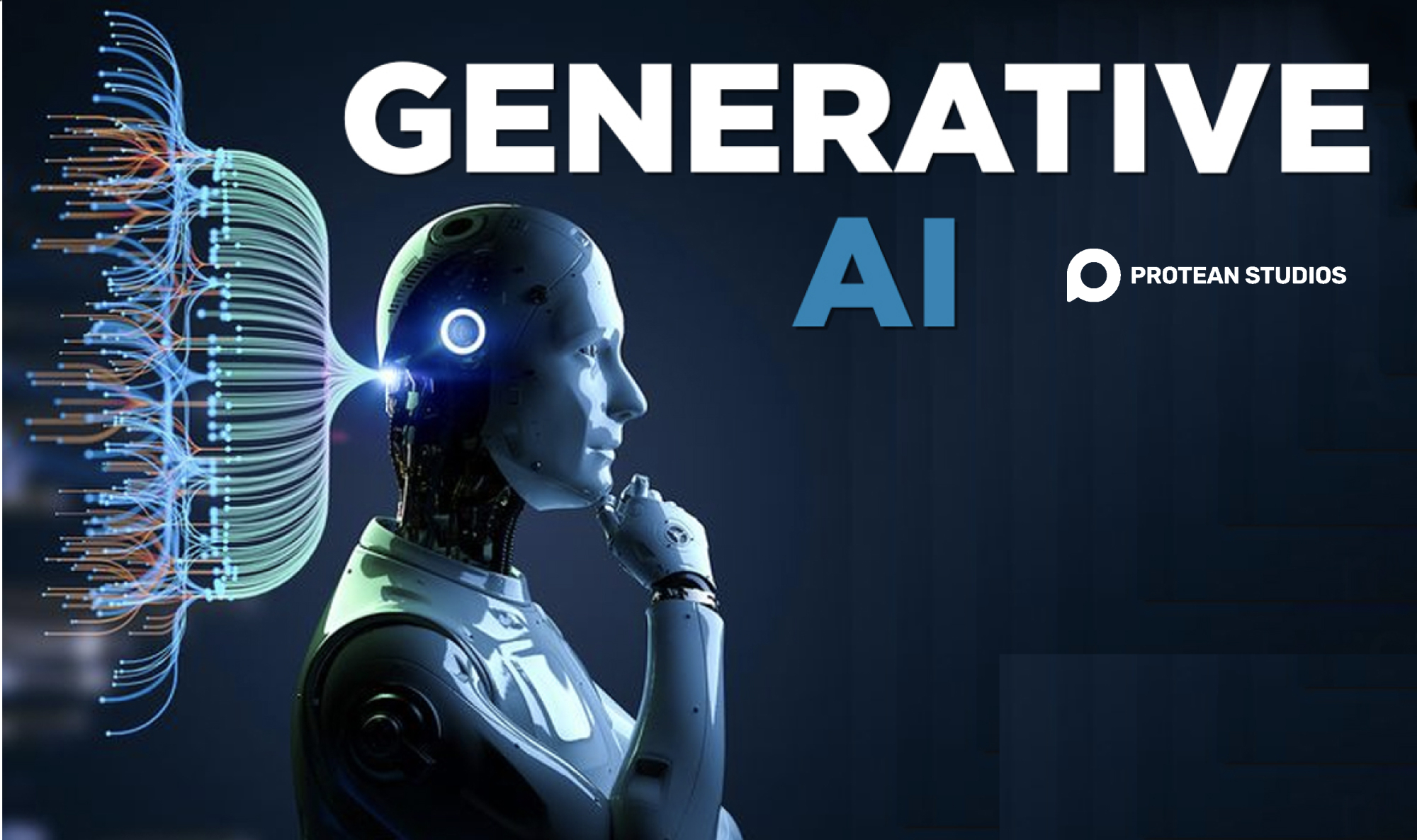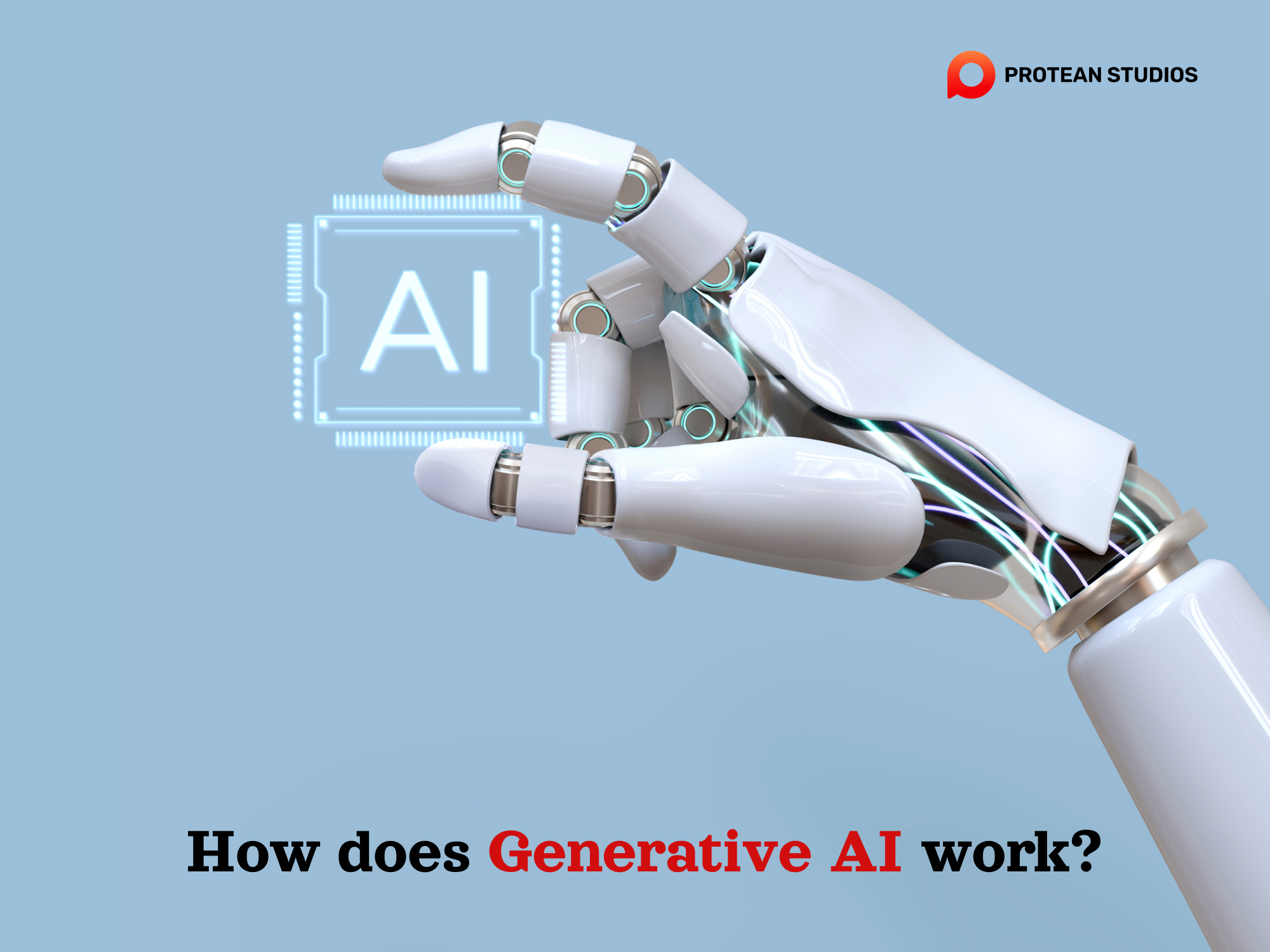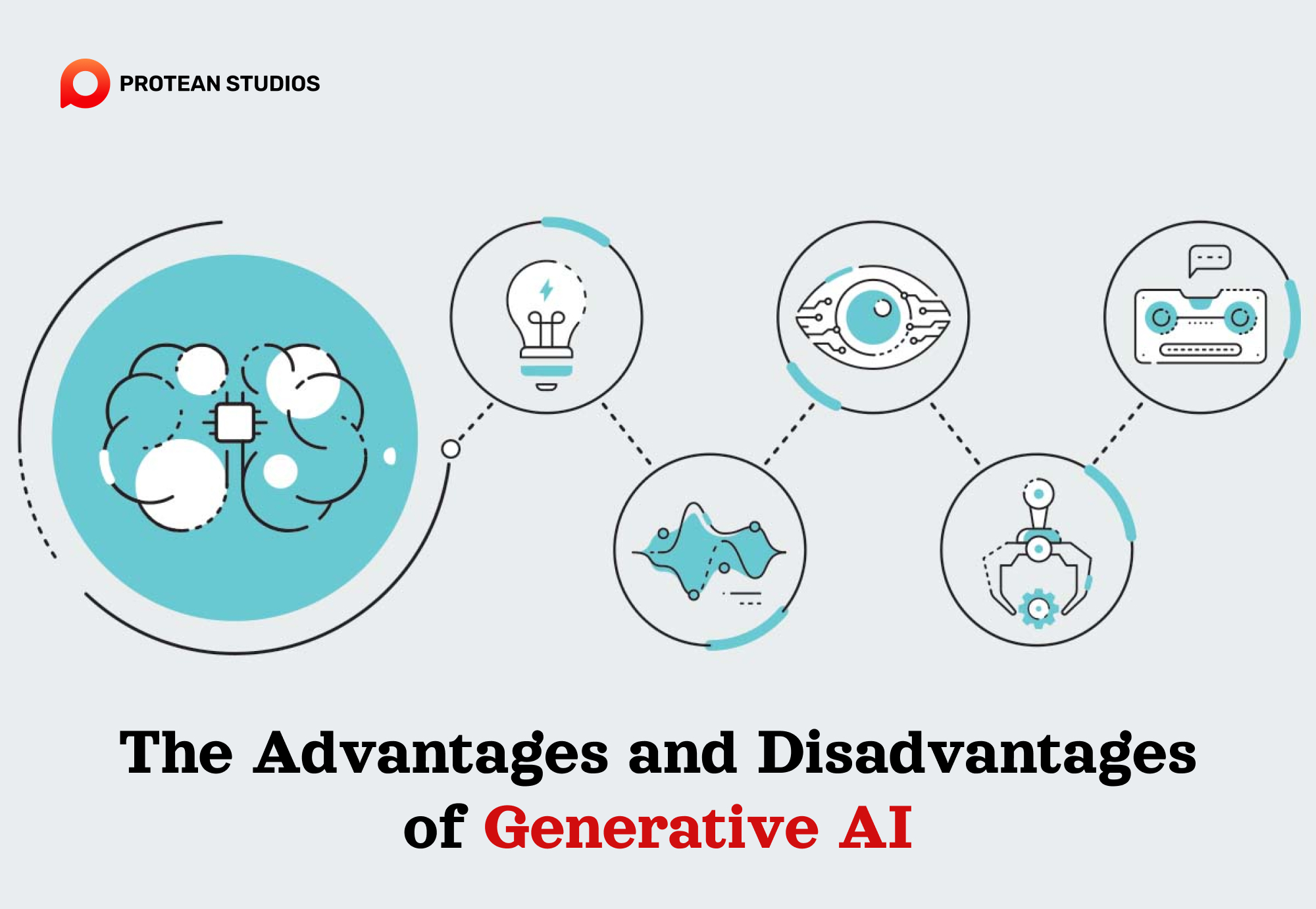Generative AI is one of the most exciting developments in technology today. This advanced type of artificial intelligence can create art, write stories, compose music, and even generate code. It's not just about mimicking human creativity; it's about pushing beyond what we thought machines could do.
In this article, we'll explore the amazing world of generative AI. Then, look at how it works, the incredible things it can do, and the ways it's changing different industries. We'll also touch on the important ethical questions that come with such powerful technology. So, let's dive in and discover the power and potential of generative AI.
What is generative AI?
Generative AI is a subfield of artificial intelligence focused on creating new data rather than analyzing existing data. Think of it as a creative machine; it can generate realistic images, compose music, write different kinds of text formats, and even design 3D models, all based on its understanding of existing patterns.
Learning from data: Generative AI models are trained on massive datasets of text, images, code, or music. By analyzing these datasets, they learn the underlying structures and relationships within the data.
Pattern recognition and generation: Generative AI can not only recognize patterns in data but also use them to create new content that adheres to those patterns. Imagine learning the grammar of a language and then using it to write your own poems.
Diverse applications: Generative AI has the potential to revolutionize various fields, from creative industries like art and music to scientific research and product development.

Learn more: Unveiling AGI: Exploring The World Of Artificial General Intelligence
How does generative AI work?
At its core, generative AI works by utilizing complex algorithms and neural networks that mimic the human brain's ability to recognize patterns and make decisions. These systems are trained on large datasets, learning the nuances and structures of the content.
Once trained, the AI can then produce new content by predicting what comes next in a sequence or by mixing elements it has learned in novel ways. This process can be seen in technologies like GPT (Generative Pretrained Transformer) and DALL-E, which generate human-like text and realistic images, respectively.

What are the use cases for generative AI?
Generative AI offers a wide array of applications across different sectors. Here are some of the most exciting use cases:
Creative Industries:
Generate realistic images for advertising or video game design.
Compose music for films or create new musical styles.
Develop new product designs or architectural concepts.
Content Creation:
Create compelling product descriptions or engaging social media posts.
Generate news articles or blog summaries.
Create scripts for videos or presentations.
Scientific Research:
Generate synthetic data for drug discovery or materials science experiments.
Plan innovative hypotheses or research questions.
Examine complex datasets to uncover patterns.
Read more: The Best AI Productivity Tools In 2024
The advantages and disadvantages of generative AI
Generative AI presents a powerful tool with immense potential, but like any technology, it comes with its own set of advantages and disadvantages. Here's a breakdown of the pros and cons of generative AI:
#1 Pros
Enhanced Creativity: Generative AI acts as a springboard for creativity. It can help artists, designers, and musicians brainstorm ideas, generate variations on existing concepts, or create unique elements that push the boundaries of their fields.
Increased Efficiency: Repetitive tasks like writing product descriptions or generating social media content can be automated with generative AI, freeing up human time and resources for more strategic endeavors.
Accelerated Innovation: Generative AI can create synthetic data for scientific research, allowing for faster experimentation and discovery of new materials, drugs, or scientific breakthroughs.
Personalized Experiences: AI can personalize user experiences by tailoring content, recommendations, or product designs to individual preferences.
Breaking Creative Barriers: Generative AI can democratize creative expression by making tools and techniques that were once exclusive to professionals accessible to a wider audience.

Other Article: Three Essentials For Email Marketing In 2024: AI, Adaptation, And Education
#2 Cons
Ethical Considerations: Generative AI raises ethical concerns, particularly around issues like deepfakes and the spread of misinformation. It is essential to ensure responsible development and deployment.
Bias and Fairness: Generative AI models are trained on existing data, which can perpetuate biases present in that data. Mitigating bias in AI models needs careful data selection and training methods.
Skill Displacement: As AI automates tasks, some jobs might become obsolete. Yet, new opportunities will emerge that need collaboration between humans and AI.
Ownership and Copyright: The question of who owns the creative output of generative AI models is a complex one. Copyright laws may need to be adapted to address this new landscape.
Control and Explainability: It can be challenging to understand how generative AI models produce their outputs. This lack of transparency may result in unintended consequences.
By acknowledging both the potential and limitations of generative AI, we can navigate its development and use responsibly. This powerful technology holds the promise to revolutionize various fields, but ensuring ethical and responsible implementation is key to maximizing its benefits for humanity.




